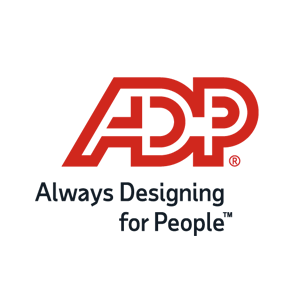How Advanced HR Analytics Can Turbocharge Efficiency

A deeper, more critical look at your workforce data can reveal valuable and actionable insights.
Smart organizations use big data to make big decisions. But for all the hype and investment surrounding sales and consumer data, many businesses have been slow to appreciate the value of HR data. When it comes to a company's workforce, too often we allow intuition or standard operating procedure to guide us.
But advanced HR analytics provide a holistic view of your business that can be used to make macro decisions that affect the entire company or to compare performance across individual teams and jobs. Either way, HR data can drive efficiencies many business owners may have never considered.
The basics
The promise of advanced HR analytics is simple: The more you know about your workforce, the more you can extract insights that predict where your business is headed and help you plan for the future. The trick is knowing what data you need, generating quality reports, and then analyzing them effectively.
The good news is that in the age of big data, many companies already have vast troves of employee information at their disposal. If you're using business intelligence tools to produce reports and analytics for other departments, like sales or finance, much of the data you want may already be in your system.
The bad news: If HR wasn't top of mind when your intelligence tools were put in place, it's likely those systems are not integrated enough to easily produce reports that provide actionable intelligence.
Luckily, there are a number of standalone software solutions and full-service HCM partners that can help collect, access, organize, and analyze the data you need. And more and more business leaders are availing themselves of these options: 53% of CEOs believe they must invest significantly more in talent analytics to quantify the value of human capital, according to a recent Talent Analytics Quarterly study.
Getting value from the data
Rather than dive headlong into their HR data, many companies prefer to start with a business goal—lower turnover, higher productivity, faster turnaround—and then work backwards to decide what data they need to collect.
But companies that choose to invest in comprehensive analytics tools may be surprised by the efficiencies that emerge. For example, a manufacturing and retail company had long struggled to schedule the right amount of labor for deliveries. When deliveries didn't arrive on time, the company would lose money on wasted labor. But after implementing ADP's Optimized Scheduler, a solution that uses workforce data to align labor with actual demand, the company was able to keep its labor expense within .1% of its objective, despite a significant sales drop.
The bottom line
HR data may not sound sexy. Unlike sales or consumer data, it doesn't hold the promise of an immediate lift in revenue or customer acquisition. But labor is the lifeblood of any business, and a deeper, more critical look at your workforce data can reveal valuable and actionable insights.
Go Deeper
How Data Becomes Insight: Designing for Insight
How Data Becomes Insight: The Right Data Matters



